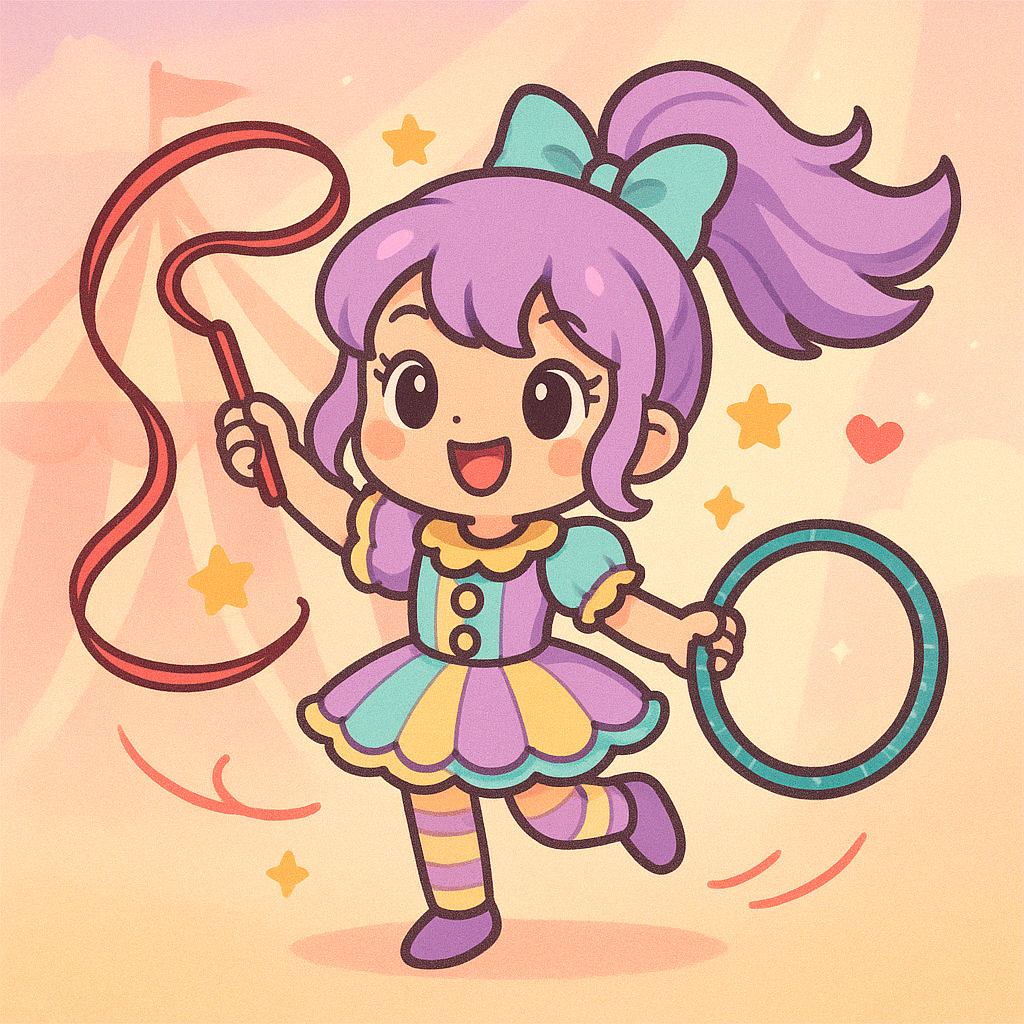Introduction to playful functionality
Web design in 2025 is leaning hard into playful functionality—a delightful mix of sleek performance and immersive joy. Expect to see more websites that feel like apps, thanks to microinteractions, subtle animations, and responsive storytelling. Kinetic typography and dynamic scrolling (think parallax with purpose) are turning simple pages into journeys. Designers are embracing brutalist minimalism and neo-retro flair—raw grids, bold fonts, and grainy textures colliding with chrome gradients, nostalgic UI elements, and expressive cursors. The user isn’t just navigating; they’re participating.
Meanwhile, accessibility and sustainability are finally becoming design must-haves rather than add-ons. Sites are lighter, faster, and greener—optimized for every device and built with clean code, dark mode defaults, and minimal motion options. AI personalization is booming, tailoring user experiences based on behavior and preferences in real time. Voice interfaces, inclusive color palettes, and low-stimulation UX are all gaining momentum. The web of 2025? It’s no longer just a place you visit—it adapts, reacts, and invites you to play.
Luma and the Tiny Digital World
Once upon a time, in a little lighthouse on the edge of a stormy coast, lived a curious designer named Luma. Her walls were papered in doodles and color swatches, her desk was cluttered with coffee-stained sketches and crumpled drafts. She didn’t design websites for companies. No. Luma designed tiny digital worlds—sites that breathed and blinked and told stories when you hovered just right.
One day, a client arrived who didn’t want a story. He wanted a site “that converts.” No joy, no whimsy—just buttons and forms. Luma tried. She made clean wireframes, used all the right grids. But late at night, her cursor would drift, and a little cloud would puff across the header. A fish would flick past a button. The form would hum a tune when filled out just right. The client complained. But oddly… users loved it. Engagement soared. People stayed, they played. They felt something. And so, the client returned, this time asking, “Can you make it dance a little more?”
And Luma smiled. Because design wasn’t decoration. It was storytelling in pixels, delight in motion. It wasn’t just what people saw—it was how they felt when they got there.
Check her out
Isn’t she lovely?
